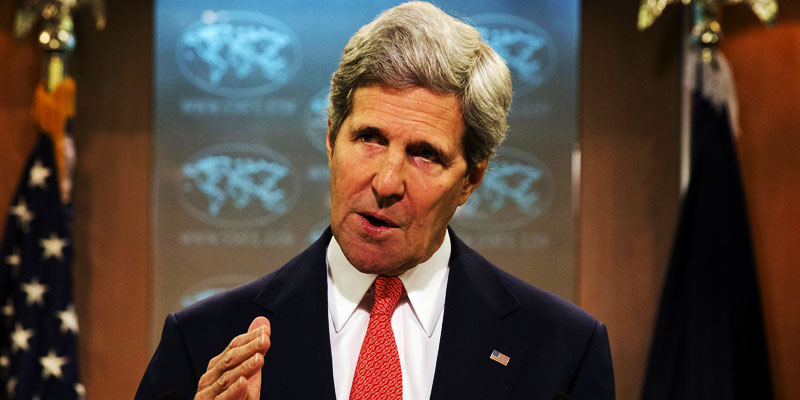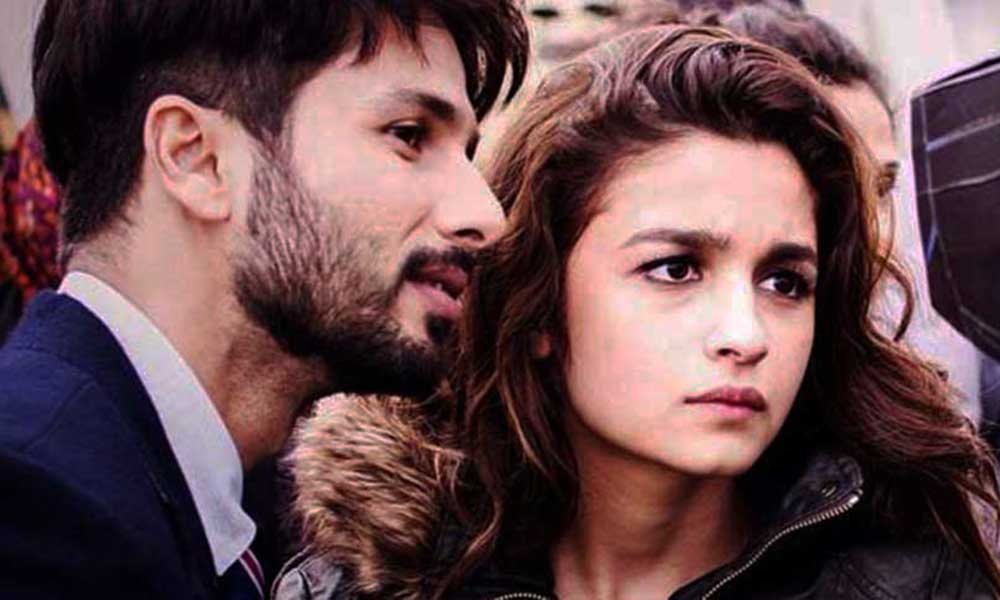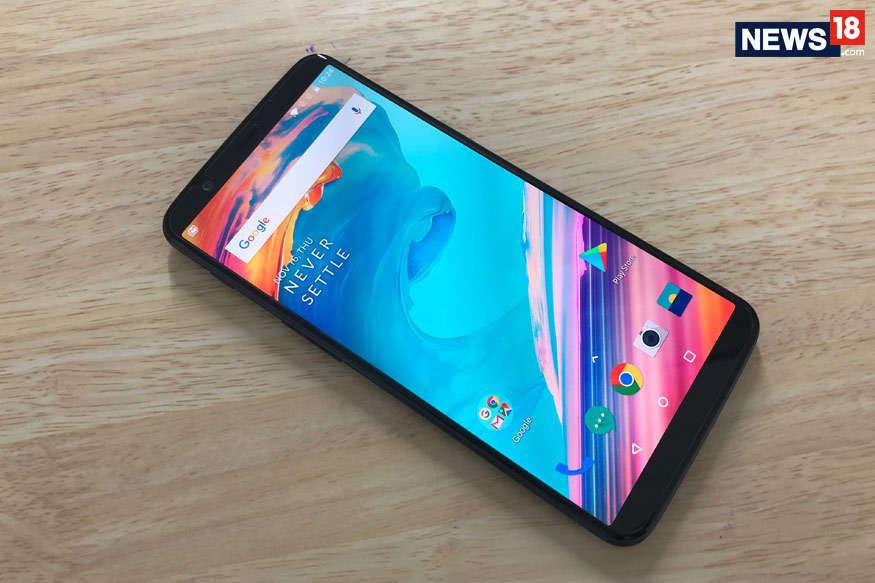US Secretary of State John Kerry, before leaving for India, was praising Indian Prime Minister Narendra Modi and his vision of ‘œSabka Saath, Sabka Vikaas’.
US Secretary of State John Kerry is arriving in India today. Before his departure from the US, Kerry was praising Indian Prime Minister Narendra Modi and his vision of “Sabka Saath, Sabka Vikaas”.
Kerry’s visit is the first cabinet-level contact of the Barack Hussein Obama administration with the new Indian government.
His visit, of course, is to be followed by a visit by US Defense Secretary Chuck Hagel next month. But Kerry is entrusted with the work of identifying areas of convergences and divergences with the Indian government.
He is expected to prepare a suitable climate for a big push in Indo-US bilateral ties when the two leaders meet in September this year. He will be provided an open opportunity for the same when he will co-chair the fifth India-US Strategic Dialogue in New Delhi on 31 July with External Affairs Minister Sushma Swaraj.
Four years ago, Obama declared the US-India relationship would be “one of the defining partnerships of the 21st century” and last week the State Department called it one of “enormous strategic importance.”
But it was even before that that Modi had become sort of untouchable for the US. He was banned from visiting the United States after Hindu mobs killed more than 1,000 people, most of them Muslims, while he was chief minister of his home state of Gujarat.
With his major Lok Sabha win, Modi sized up all his critics, including US.
The Obama administration sought to turn a new page by quickly inviting Modi to Washington after his election, and was pleased by his quick positive response.
The Indo-US relationship took a dive last year after an Indian diplomat was arrested in New York on charges of mistreating her domestic help, an episode that provoked outrage and resentment in New Delhi.
Disputes over protectionism and intellectual property rights have soured the business climate and India has remained cautious about committing to US strategic designs, given concerns that US power, eroded by domestic budget battles, may be waning.
This year, Modi hinted during his swearing-in ceremony, at BRICS meet, and recently at WTO that he is not going to accept US’s supremacy and patronizing attitude. The BRICS development bank intended to wrest control over global finanacial institutions away from the United States and Europe has been promoted by Modi.
India prompted a US warning when it threatened to block a worldwide reform of customs rules agreed last December. The deadline for agreeing the trade facilitation deal falls during Kerry’s time in New Delhi and a failure to overcome India’s objections by next week could overshadow PM Modi’s visit.
Yet, Kerry sang praises for Modi. Why?
India and the US have much at stake in rebooting their bilateral relationship. Indo-Us relations expert Rajeev Sharma lists the issues between both the nations.
“From the Indian point of view, these are: (i) the US visa roadblocks through immigration legislation, (ii) the highly impartial Senate Bill 744 which treats India-centric IT companies as less than equal to Japanese and European companies and contrary to the justified demands of Indian IT sector for zero to low duties on hardware and software; (iii) removal of local content requirements; (iv) better intellectual property protection and stronger cyber security and data protection; (v) prompt and comprehensive action against Pakistan-based India-centric terror outfits that have been operating in broad daylight with patronage from state actors in Pakistan; (vi) turning off the tap of illicit financing of these Pakistan-based terror outfits; (vii) access to David Headley for deeper investigations into his role in the November 2008 terror attacks in Mumbai; and (viii) the snooping issue in view of Snowden’s revelations of the US snooping on BJP leaders, an issue that has gained further traction in view of reports of union minister Nitin Gadkari being spied upon.
From the US viewpoint, the Americans will be seeking the following from the new Indian government: (i) clarifications on the Indian nuclear liability law and what the Modi government can do to protect interests of American companies before they invest in the Indian civil nuclear sector; (ii) whether India can re-consider its refusal to sign a Trade Facilitation Agreement (TFA) in WTO, though New Delhi would like to know what Washington can bring to the table to break the impasse; (iii) Indian response on disputes over intellectual property rights between Indian and US companies and recent US concerns over several decisions of the Indian Patent Office; (iv) whether New Delhi is willing to further raise ownership limits in foreign investments in the Indian defence sector as the US finds Indian decision to cap foreign investment at 49 percent not attractive enough.”
US needs India to increase its trade output.
It also wants a strong and vibrant relationship with Modi government as it will help counter-balance China’s continuing rise.
The US is trying to de-link Russia from European economy by imposing heavy sanctions on it.
To take on Vladimir Putin and Russia as Moscow is wooing Asian powers, Obama will definitely need a Modi.





